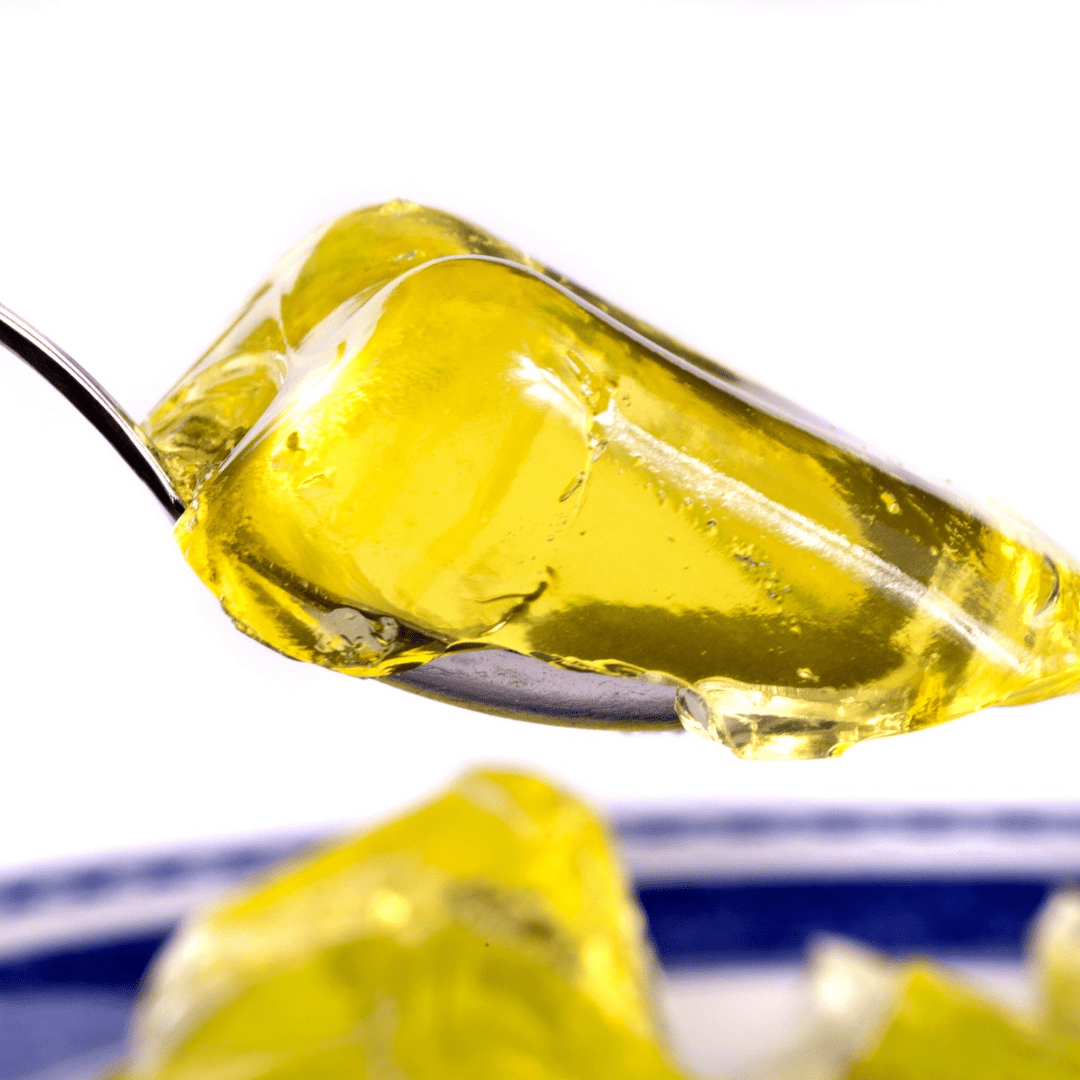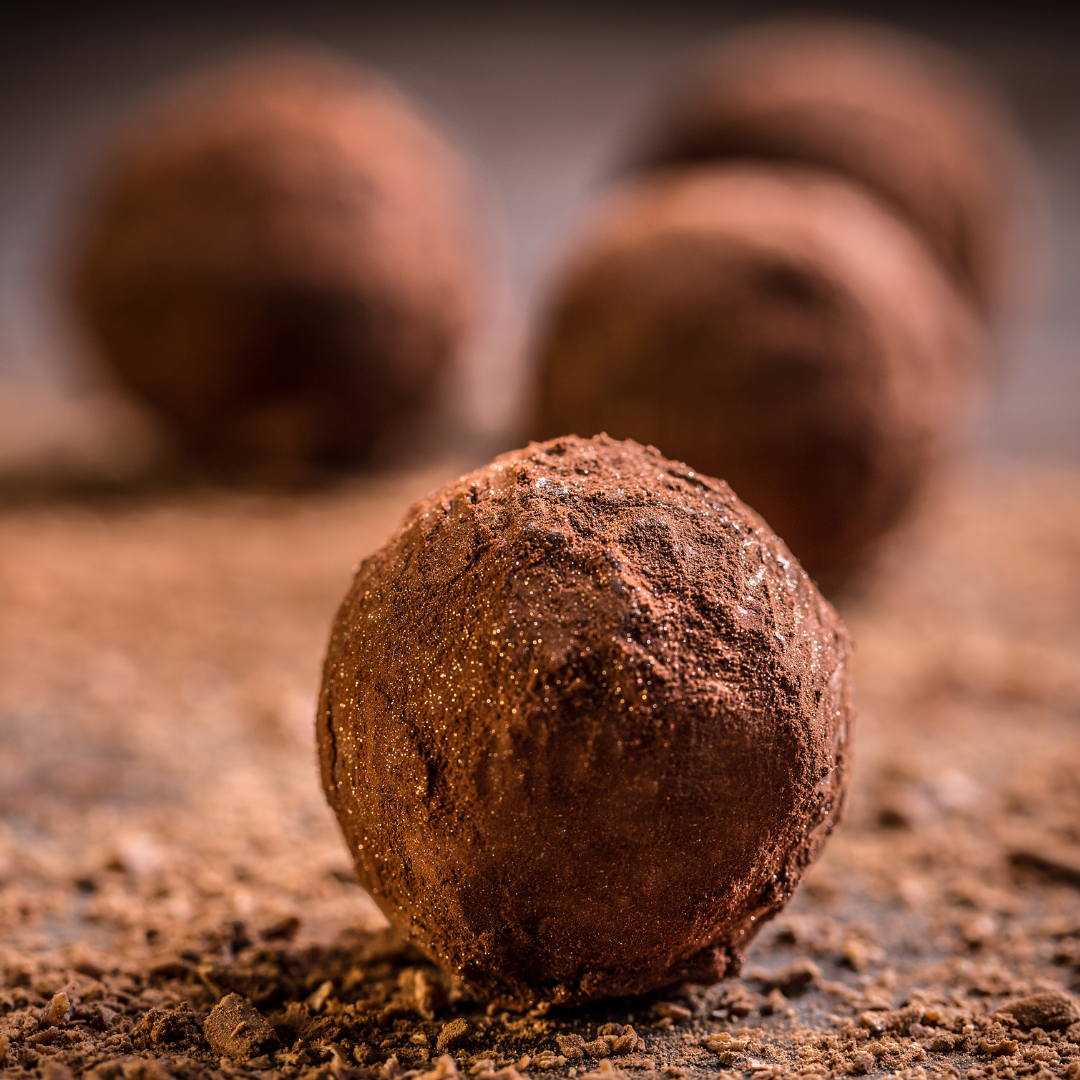During the busiest time of the year, with the best and most significant discounts automatically applied, please note that discount codes and free shipping are not available during this period
Often the number next to PROTEIN on a label is all we look for, but protein is made up of many amino acids- all of which we need in order to function optimally. Some foods are 'complete' and some are 'incomplete' sources meaning amino acid content can vary.
Variety and quality of food is key! This means an omnivorous combination of plant AND animal sources. One of the amino acids rarely talked about is GLYCINE. It's the smallest but one but one of the most important especially when TTC, pregnant, postpartum and early years.
Here's why all mums but especially plant-based mums need to know about this wondrous nutrient...
As a Nutritional therapist specialising in pregnancy and postpartum, I often come up against a lot of controversy in prenatal nutrition. Mothers are advised by midwives, health visitors, doctors, lactation consultants following 'the guidelines'.
Guidelines are unfortunately outdated and still based around processed carbs eg cereals, low-fat everything, lean meats, inflammatory oils and taking your folic acid. (Insert emoji with steam coming from the nose!)
Glycine is one nutrient never mentioned to mothers or even included in conventional dietetic training (very different from Nutritional Therapist training). Glycine is commonly glossed over in conventional nutrition because it’s “conditionally essential,” meaning the body can make plenty of it from other amino acids.
There are however, certain stages in life ie pregnancy, postpartum and early years development that require much higher levels of this nutrient. More than our body can supply on its own.
So why is glycine so important?
For mum: Growing uterus (contains 800% more glycine than non-pregnant state) Breasts and stretching skin. (stretch marks are a sign of deficiency) Folate metabolism
Protects against preeclampsia by reducing blood pressure by allowing blood vessels to function correctly
Joint health:Avoid perineum tears or help to heal if happens
Serotonin production affects brain health and sleep (so lowers risk factors for prenatal and postnatal depression and insomnia)
Other functions include:Gut function -Metabolic disorders -Blood sugar balance -Bone health - Cardiovascular health -Liver detoxification
For baby
In relation to pregnancy, glycine is a big part of the building blocks to baby's developing bones, connective tissue, internal organs, blood vessels and skin. In the third trimester especially and into early developmental years.
So, it's not something to leave out of your diet!
The good news is it's super easy to include in your diet every day
Where can I find glycine?
The best concentrations of glycine are ONLY in animal sources. (Bone, skin and connective tissue):
- Slow-cooked meat like pulled pork
- Bone broths
- Chicken with the skin
- Gelatin powder
- Collagen powder
(look for pasture-raised where possible whether food or supplement)
Having Ossa's quality, grass-fed powders is an amazing convenience to have in the cupboard when homemade bone broth is low or for making easy homemade fun gummies, jellies and marshmallows for the kids. I also use to thicken sauces like gravy, stews, soups. I love to add to hot drinks like hot chocolate before bed.

We're led to believe these are 'by-products' that inevitably end up being thrown away, except traditionally, all over the world, cultures would consider these prized elements of the animal. Offered in times of higher need such as pregnancy and after birth.
The idea that we can get 'everything we need in our diets from plants' just isn't true.
There is NO glycine source in plants that is sufficient.
Plant-based diets or diets that just include lean meats and none of the above are at risk of glycine deficiency.Something to consider if you are plant-based and a wider discussion that needs to be had.
What to do if veg/vegan? I sometimes get vegan clients that will say are there any exceptions I think they should include? Glycine is one.
Hot Chocolate Recipe
2-3tbsp raw cacao powder
1tbsp hazelnut butter
1tbsp of @ossaorganic gelatin powder Milk of choice
Mix all ingredients except the gelatin in a blender to get really smooth and frothy. Then transfer to a pan, add gelatin and warm on the hob until melted. Tastes like liquid nutella :) Enjoy!
Written by Sam Ogunpehin





